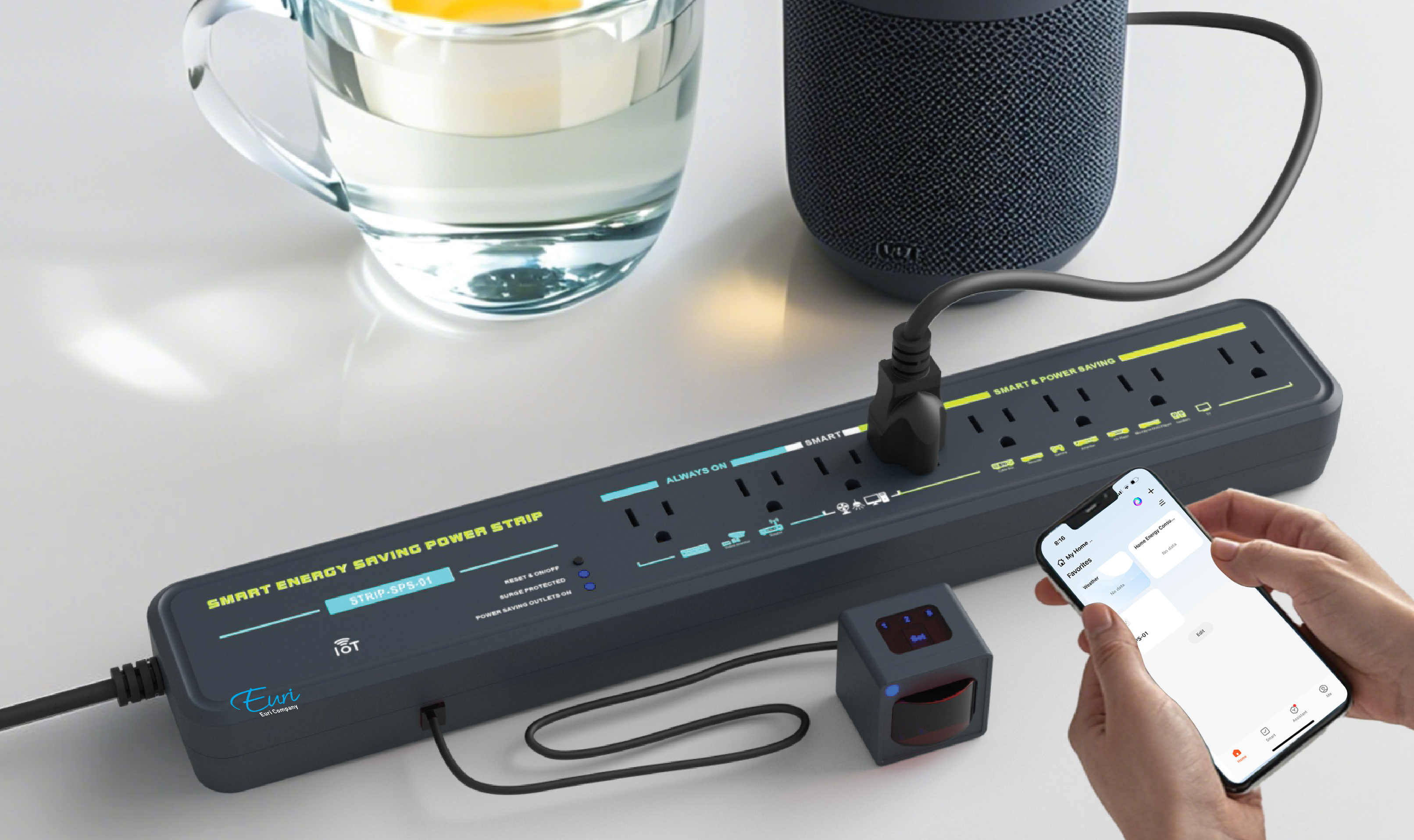Illuminating the Future: Why LED Lighting Outshines Conventional Lighting Solutions
LED lighting shines bright as the superior choice for modern illumination needs, offering unparalleled energy efficiency, longevity, durability, instantaneous illumination, design flexibility, and environmental friendliness compared to conventional lighting solutions. As the lighting industry continues to evolve, LED technology will undoubtedly remain at the forefront, illuminating our homes, workplaces, and communities with its brilliance and sustainability. Embracing LED lighting not only brightens our present but also illuminates the path towards a brighter, greener, and more sustainable future.

Illuminating the Future: Why LED Lighting Outshines Conventional Lighting Solutions
In the world of lighting, there's a bright star on the horizon: LED lighting. LED (Light Emitting Diode) technology has rapidly emerged as the preferred choice for residential, commercial, and industrial lighting applications, outshining conventional lighting solutions like incandescent and fluorescent bulbs. In this blog post, we'll explore the myriad reasons why LED lighting is the clear winner in the quest for energy-efficient, long-lasting, and environmentally-friendly illumination.
1. Energy Efficiency:
LED lighting stands as a beacon of energy efficiency in the lighting landscape. Compared to traditional incandescent bulbs, LEDs consume significantly less energy to produce the same amount of light. They convert a higher percentage of electrical energy into visible light, resulting in lower electricity bills and reduced energy consumption, making them a sustainable choice for both consumers and businesses.
2. Longevity:
LED lighting outlasts conventional lighting solutions by a wide margin. While incandescent bulbs typically last around 1,000 hours and fluorescent tubes around 8,000 hours, LED bulbs can shine bright for up to 25,000 hours or more. This extended lifespan not only reduces the frequency of replacements but also minimizes maintenance costs and waste, contributing to a more sustainable lighting infrastructure.
3. Durability:
LEDs are rugged and durable lighting solutions that can withstand rough handling, vibration, and temperature fluctuations better than traditional bulbs. Unlike incandescent bulbs, which are prone to filament breakage, or fluorescent tubes, which are fragile and contain hazardous materials like mercury, LED bulbs are solid-state devices with no fragile components, making them ideal for demanding environments and outdoor applications.
4. Instantaneous Illumination:
One of the notable advantages of LED lighting is its ability to provide instantaneous illumination. Unlike fluorescent bulbs, which may flicker or require warm-up time to reach full brightness, LEDs illuminate instantly, making them ideal for applications where quick response times are essential, such as motion-activated lighting or emergency lighting systems.
5. Design Flexibility:
LED technology offers unparalleled design flexibility, allowing for innovative and creative lighting solutions. LEDs are available in various shapes, sizes, and colors, enabling designers to experiment with different lighting effects, color temperatures, and control options to achieve the desired ambiance and aesthetic appeal in residential, commercial, and architectural settings.
6. Environmentally Friendly:
LED lighting is inherently eco-friendly, boasting several environmental benefits over conventional lighting technologies. LEDs are free from toxic materials like mercury, which is present in fluorescent bulbs, making them safer for both human health and the environment. Additionally, their energy efficiency reduces greenhouse gas emissions associated with electricity generation, contributing to a greener and more sustainable future.
Conclusion:
In conclusion, LED lighting shines bright as the superior choice for modern illumination needs, offering unparalleled energy efficiency, longevity, durability, instantaneous illumination, design flexibility, and environmental friendliness compared to conventional lighting solutions. As the lighting industry continues to evolve, LED technology will undoubtedly remain at the forefront, illuminating our homes, workplaces, and communities with its brilliance and sustainability. Embracing LED lighting not only brightens our present but also illuminates the path towards a brighter, greener, and more sustainable future.




.jpg)
.jpg)




















































